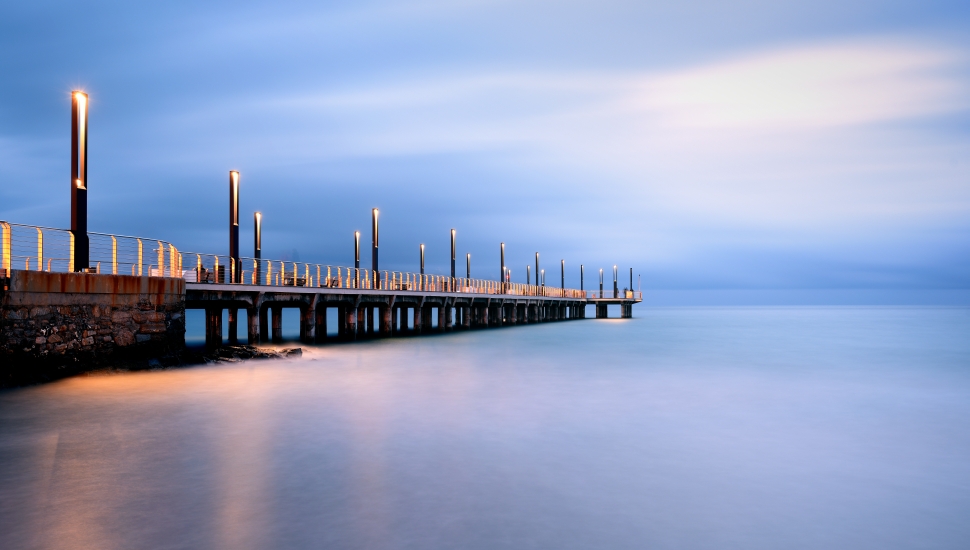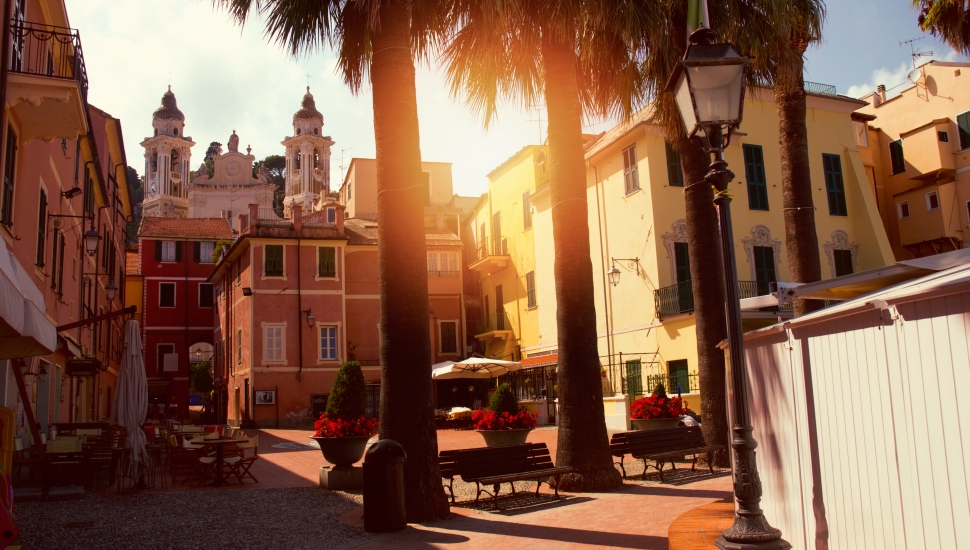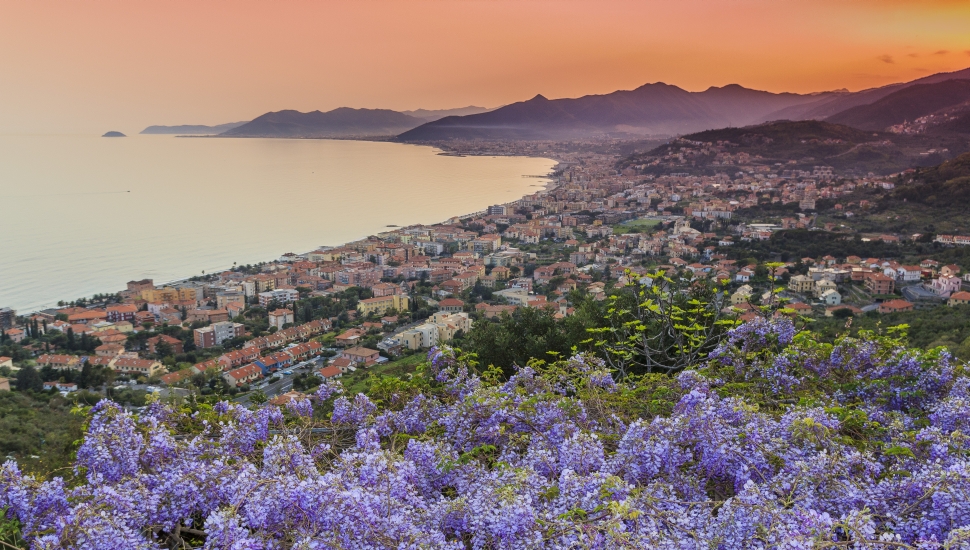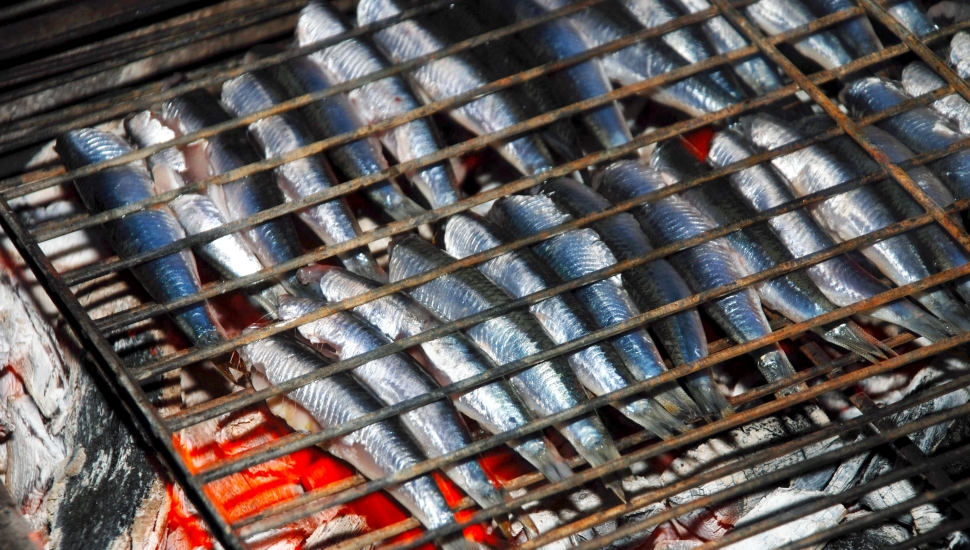Alluring Alassio on Italy’s Ligurian Coast
Linda Hall arrives in enchanting Alassio, intent on finding out why Britons – great and good – once found this area so enchanting.
I gazed through the plane window at the bucolic Ligurian coast below, as the fellow Brit in the adjacent seat told me her plan to hike in Cinque Terre, then enjoy the glamour of Portofino. Both destinations were east of Genoa airport. I explained that I was heading in the opposite direction – west – to the picturesque town of Allasio.
These days Britons are a rare sight in Alassio – and not only because of the weak pound and worries over Brexit. This coastal settlement has dropped off the UK holidaymaker's radar for some unexplained reason – which, as I would discover, is a great shame.
It wasn't always like this. British visitors were commonplace in the 19th century. Even up until the 1930s it was a Brit hotspot. The remnants of that era can still be seen – a former Anglican church, a tennis club and even an English-language library – still present and still the second biggest in Italy. Thousands of Britons were added to the population each summer; now a handful of my fellow countrymen and women enjoy the town's lovely beach and quaint Genoan terracotta houses.
Mighty mountains coddle the town from the wind, making it popular among Italians for a beach holiday.
I arrived in October – not the warmest month, but much more affordable than July or August.
I stayed in the petite Hotel Villa Igea, a clean, well-run establishment right on the seafront. It boasted a laidback atmosphere and a rooftop restaurant overlooking the sparkling blue Med.

After checking in I strolled towards Allasio's impressive new pier, before a pitstop in one of the trendy rustic cafes for an enlivening espresso.
As the sun waned I took in the array of restaurants along the sea front, observing the waiters lighting table-top candles for guests who, at this time of year, might never arrive.

For my evening meal I chose the Clapsy, and, unflustered by any sense of unoriginality, selected a pizza – laden with prosciutto. It was all the more delicious for being a mere 10 euros. This I washed down with a fine local rosé, before locating a small hole-in-the-wall bar for a grappa nightcap.
In the bright morning I explored Alassio's heart, known locally as Via XX Settembre. Its real name is Budello, which directly translated means 'intestines'. I sauntered along this pleasant street, eyeing the delis and shops, before popping into a cosy cafe for a coffee and biscotti. Returning to the Budello I espied Gelateria a Cuvea, which would supply me with a marvellous tutti frutti on the way back to the seaside.
Later I explored the pine-blanketed hills above the town and discovered an array of grand villas built by the British. One of the finest was Villa della Pergola, the brainchild of two Scotsmen who lived here in the latter quarter of the 19th century. One of the villa's owners was a certain Sir Walter Hamilton Dalrymple, cousin to Virginia Woolf. I entered the lobby of this building, now a 5-star hotel, and found a display detailing previous legendary guests – including Edward Lear and Edward Elgar.

Moving back into town, I found more evidence of Britishness. On a low wall called the Muretto di Alassio I perused hundreds of plaques commemorating celebrity visits. There were plenty of Italian stars of stage and screen – but also a glut of brits, from Eric Sykes to Max Bygraves. The presence of high-profile Americans was demonstrated by an Ernest Hemmingway plaque. The famously pugnacious writer started a cafe here back in the 1950s.
Having been delighted by Allasio's charms, I wanted to explore the surrounding area. The next day I ventured south to Laigueglia, a tiny seaside town that seemed to mirror Allasio, but on a small scale. Here I gorged myself on a plate of grilled anchovies.

Before my time in this enchanting area concluded, I travelled into Liguria's wilder hinterland, where I found ancient hamlets nestled among fragrant olive groves. Soon I came upon Cervo, a wonderful little hilltop village, based on a labyrinthine network of ochre alleyways. I soon happened upon the incredible baroque San Giovanni Battista, which gave way to expansive sea views.
My joy at exploring this unique area was tempered with a soupcon of melancholy – for I had to make my way back towards Genoa airport, and home. But on the drive back I stopped off at medieval-walled Noli, a captivating little village with a fantastic beach. Here, looking out over the azure blue Mediterranean, I nibbled on fresh focaccia and sipped a perfect Americano. I now understood why so many Britons had fallen in love with this sublime corner of the world.
Get a Quote